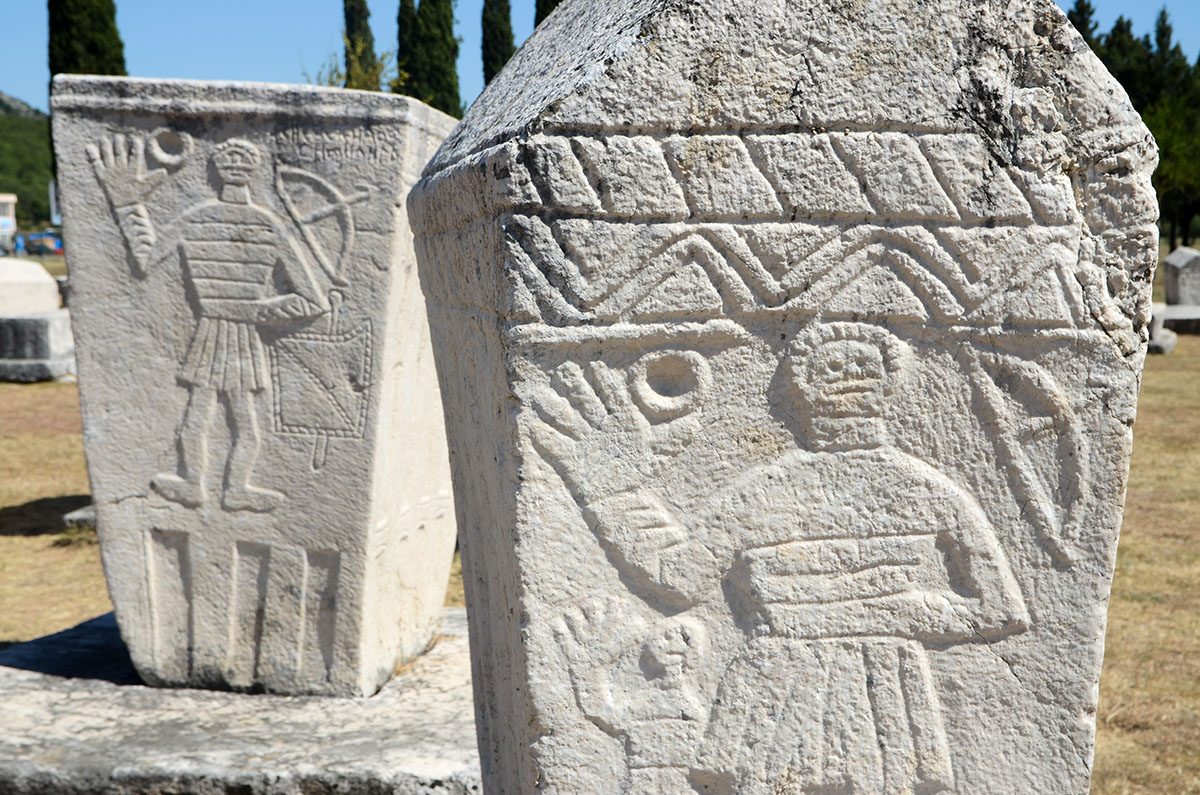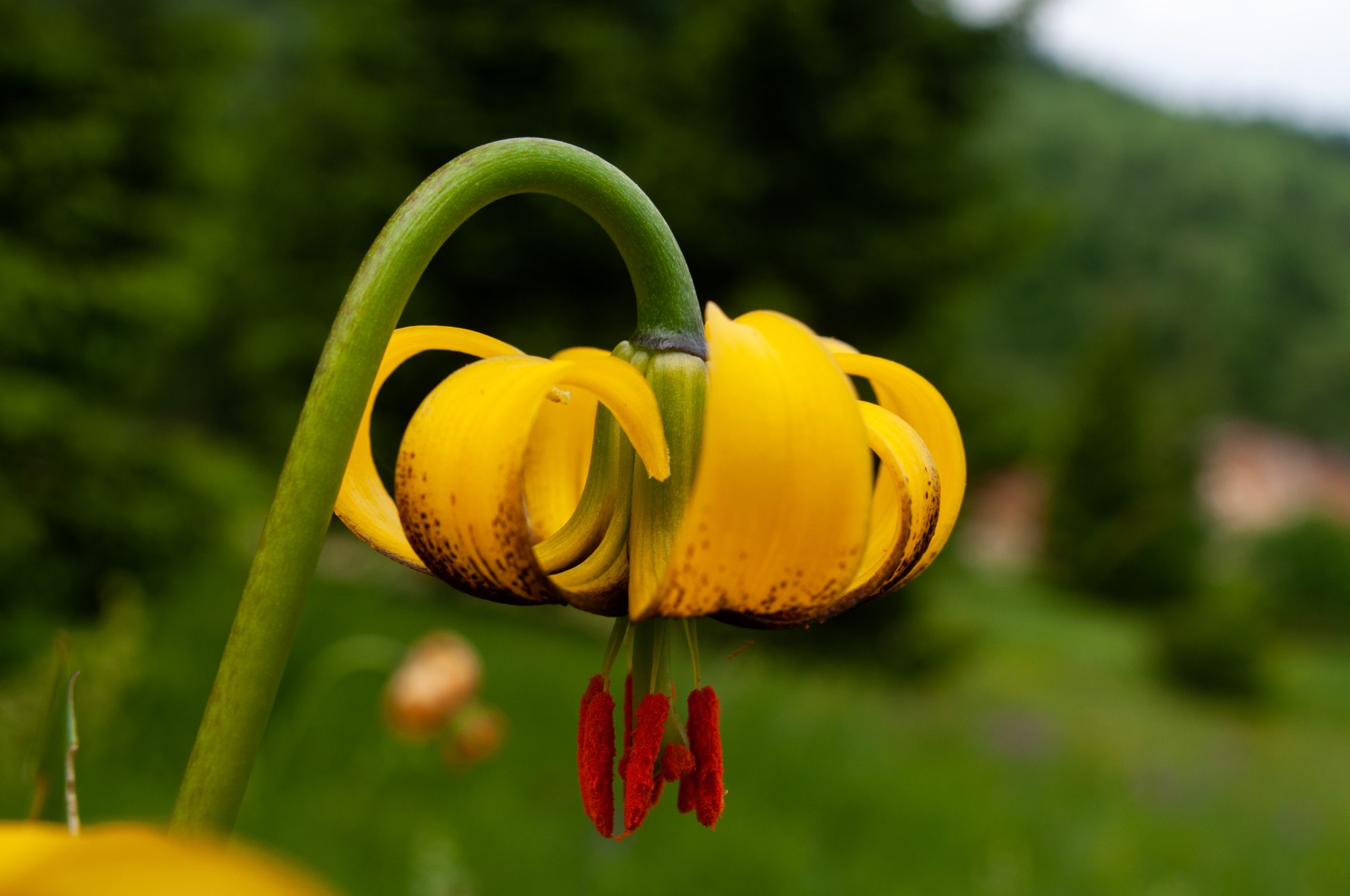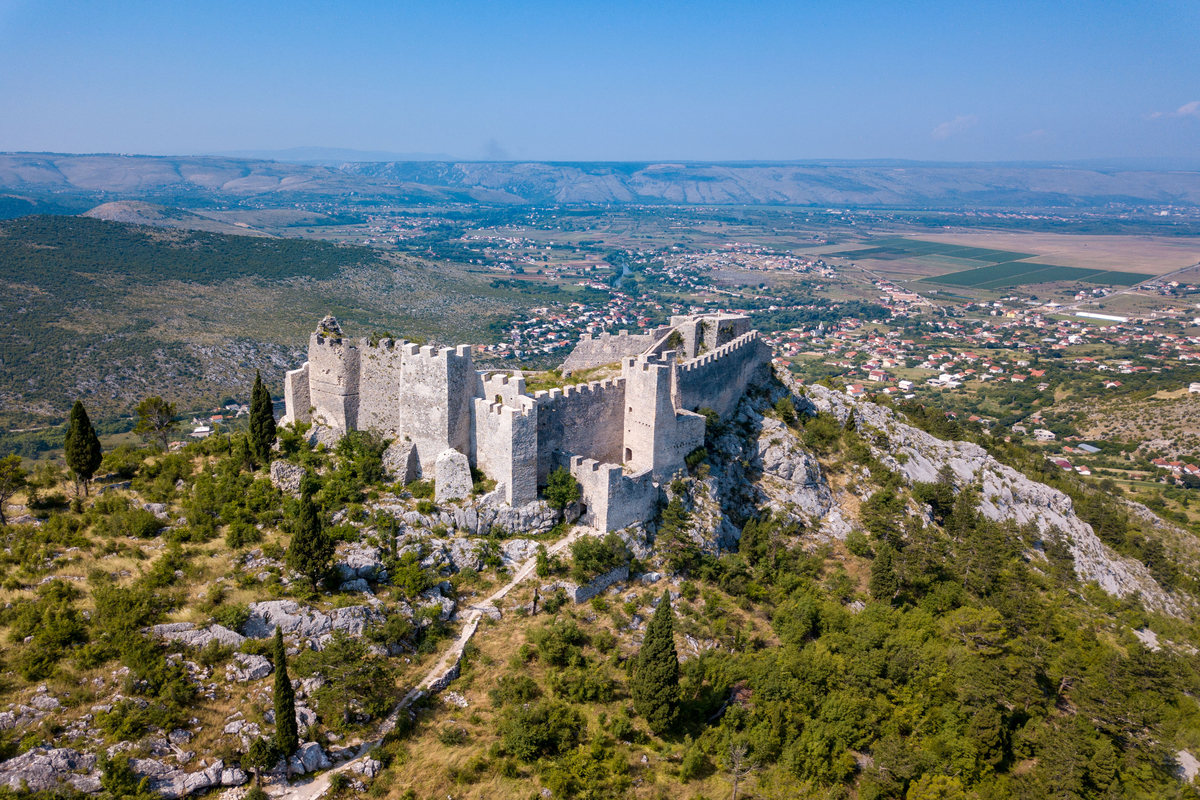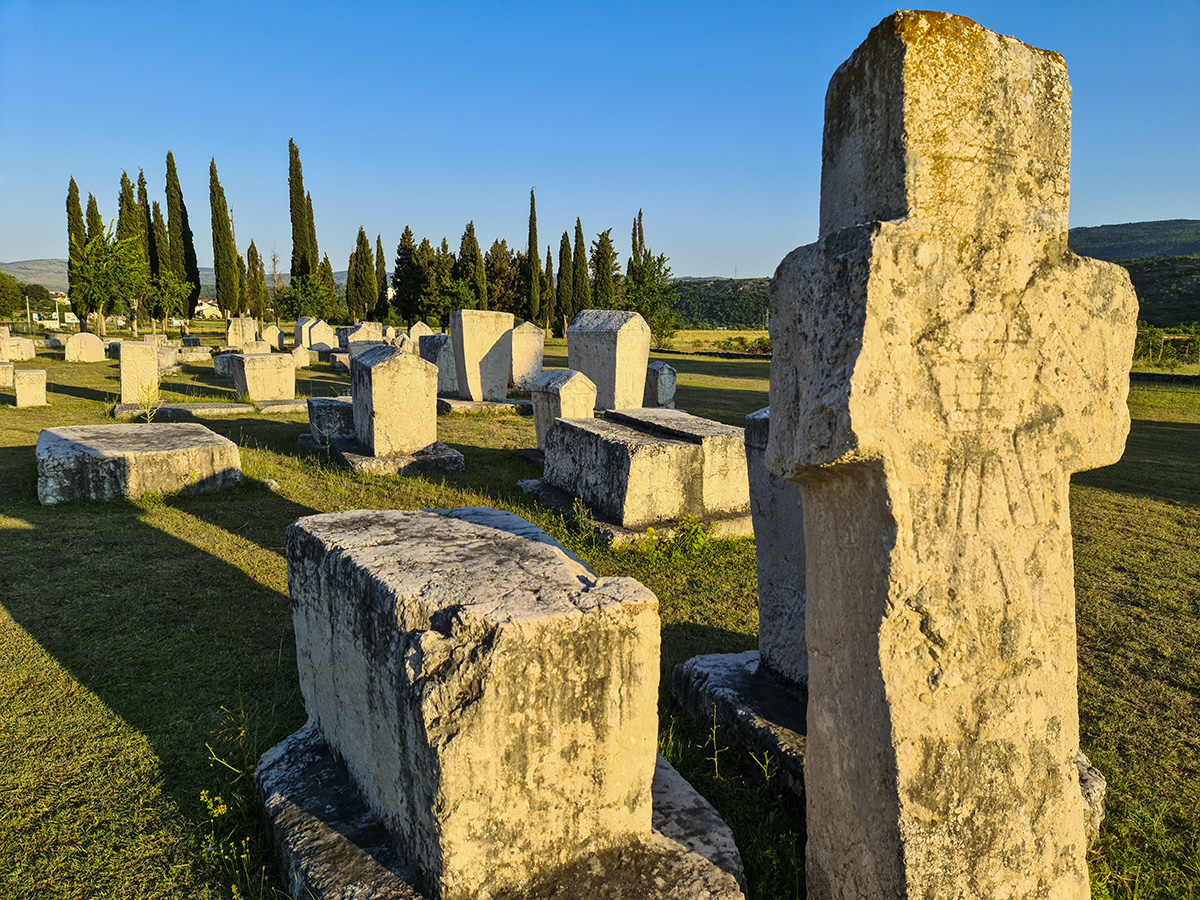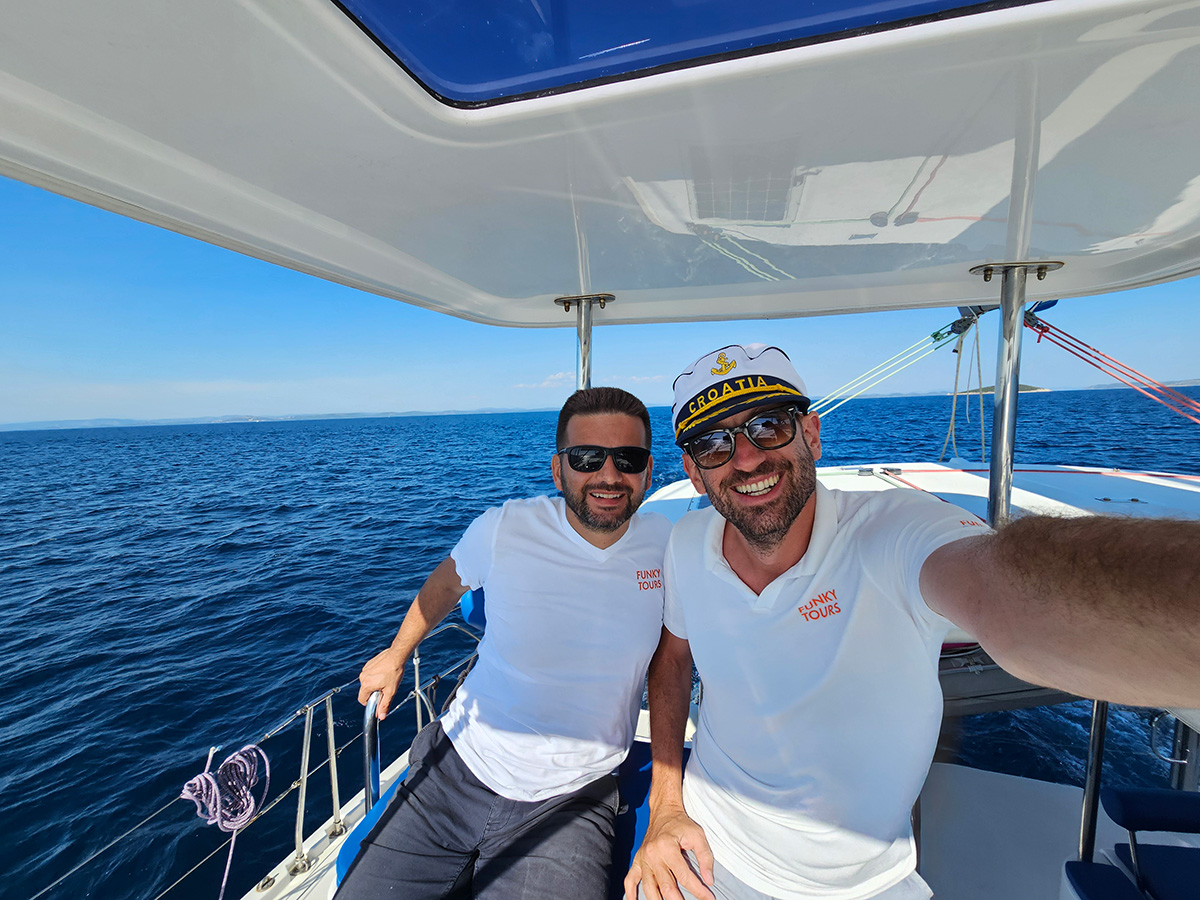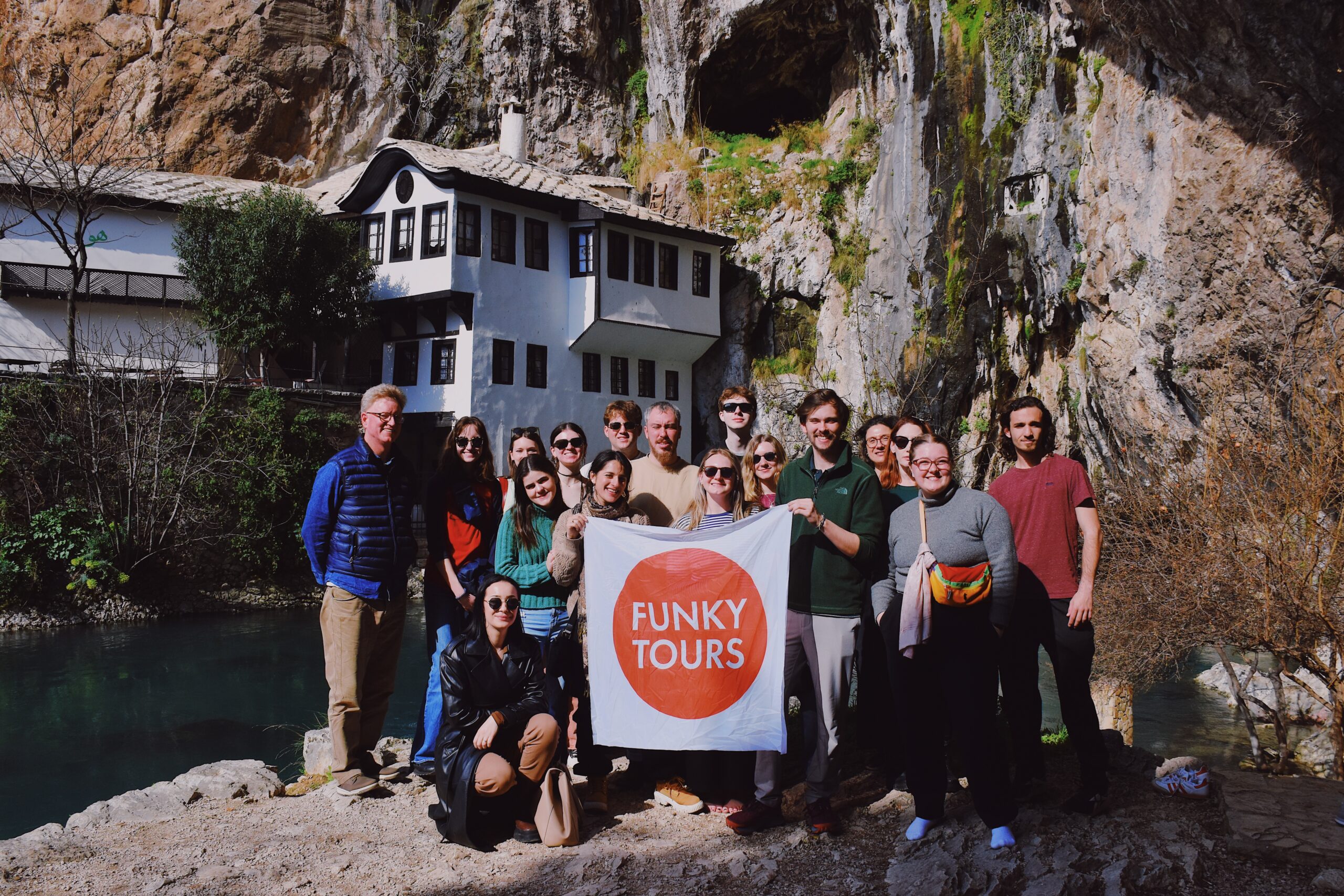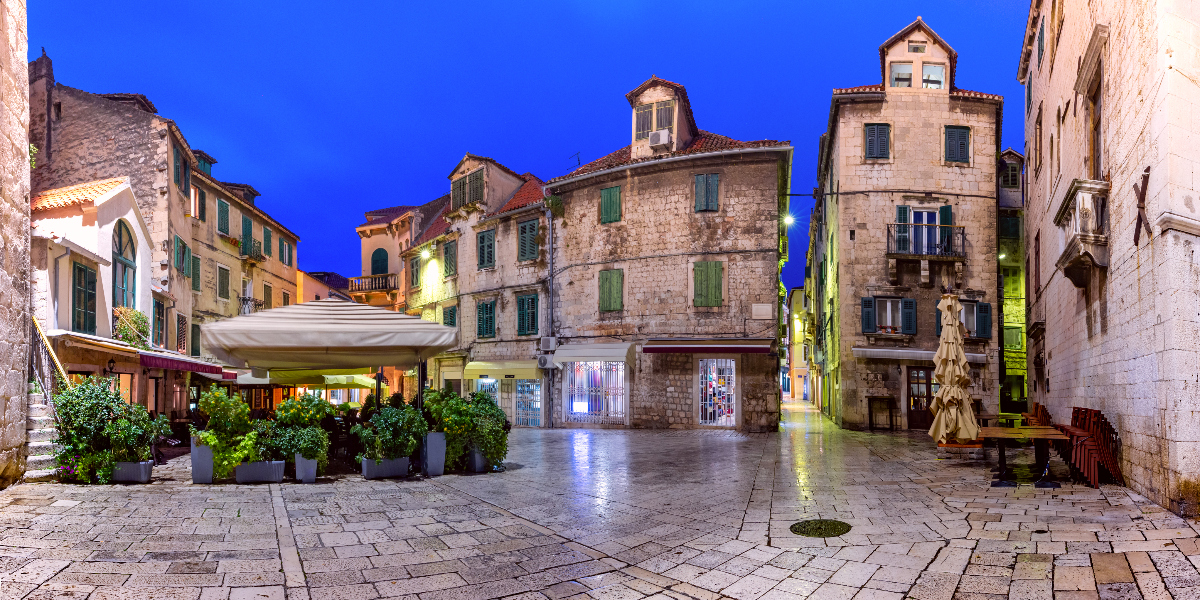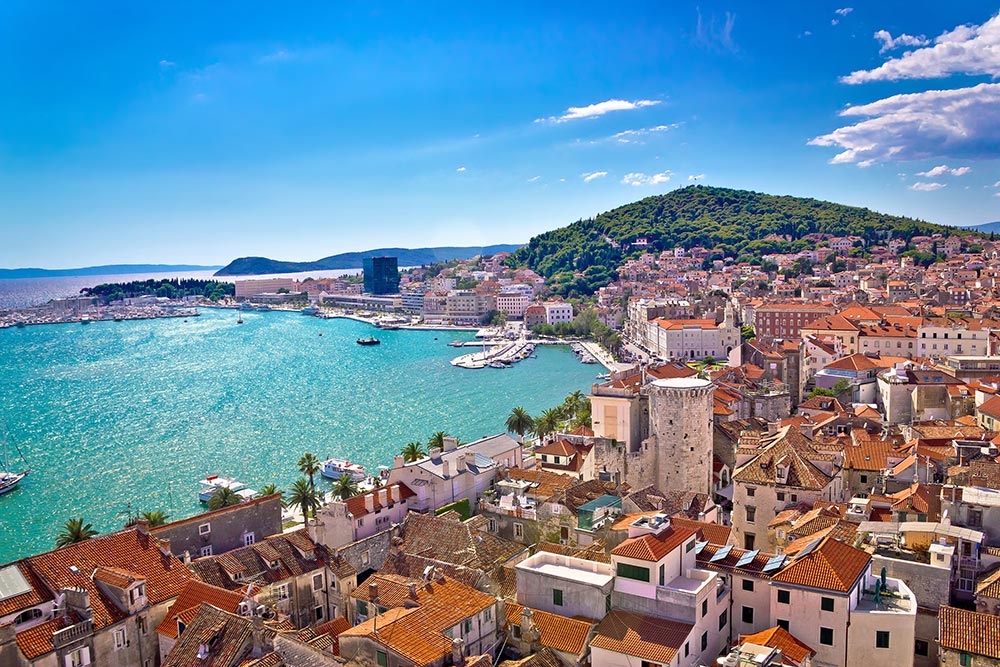The villages Hrančići and Kosače are situated in Eastern Bosnia, municipality of Goražde, and are very close to the agricultural holding “Okusi Prirode”. Mountain biking trail is crossing the village Hrančići and Kosače, therefore you can do a biking trail while having a history lesson on open. Agricultural holding “Okusi Prirode” is 15 minutes drive from the necropolis. There you can relax, try eco products and even stay for a sleepover. The proud Hasanspahić family can teach you how they make their eco products, how they live the rural life, teach you cardboard art, ride a horse and many others.
The necropolis tombstones in the village of Hrančići were made with great precision in semicircular rows that are wider than the top to the bottom. Distance between the tombstones is almost identical, made in a planned set. The tombstones are decorated with the lilies (historic Bosnian national symbol), red deer, scythes, stars and many others. There is also a standing tombstone with an inscription. The total number of tombstones in the location of Hrančići village is 355. The necropolis was made during the XIII. – XV. century. The tombstones were well carved because the Kingdom at that time was really advanced.
